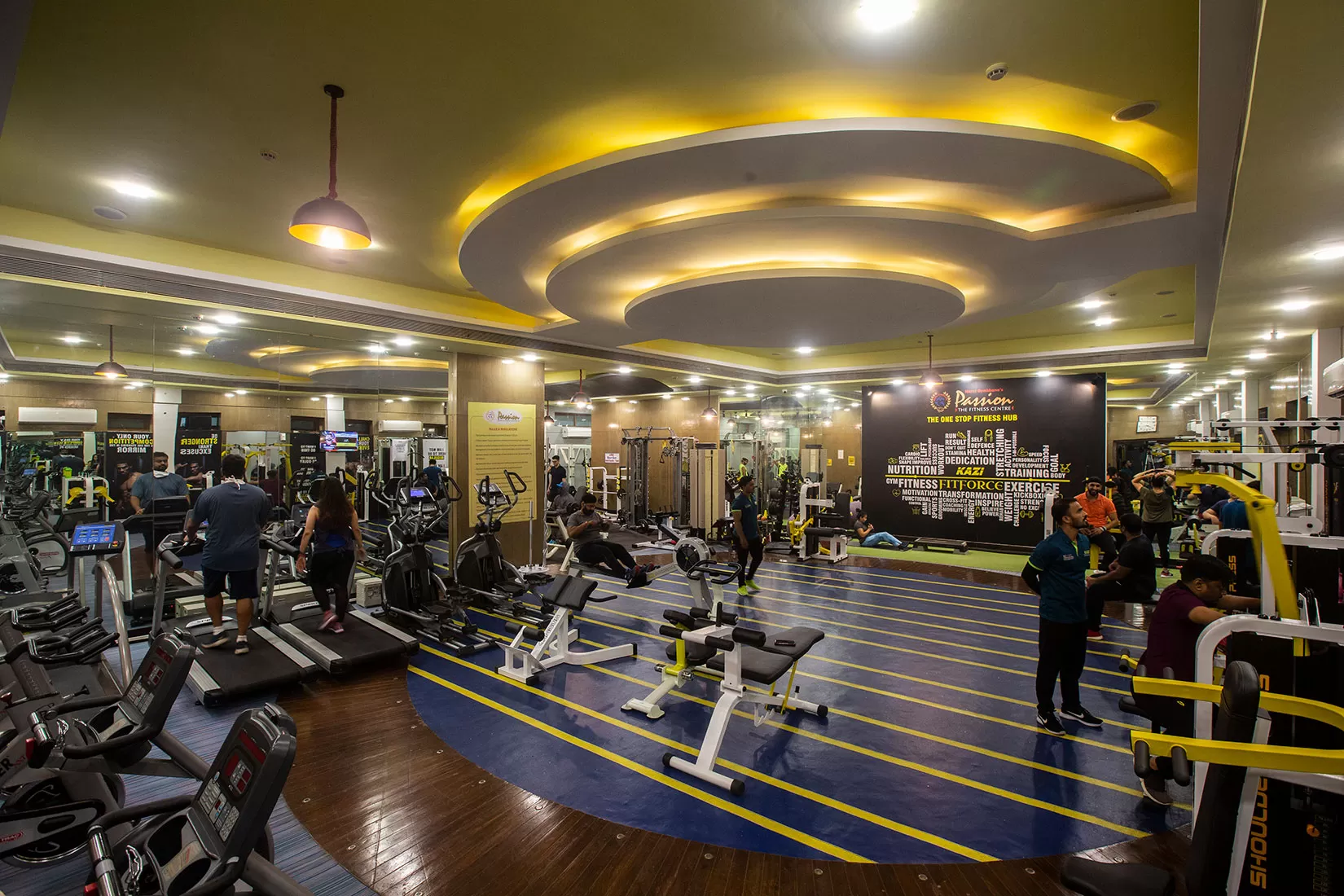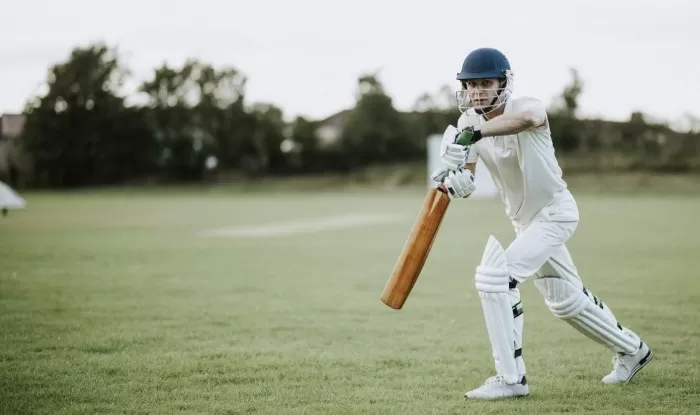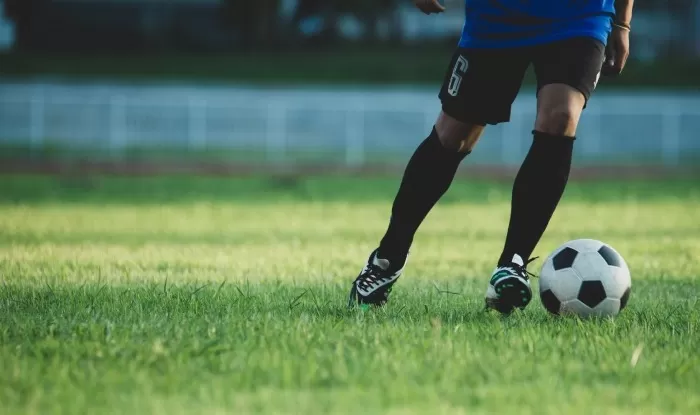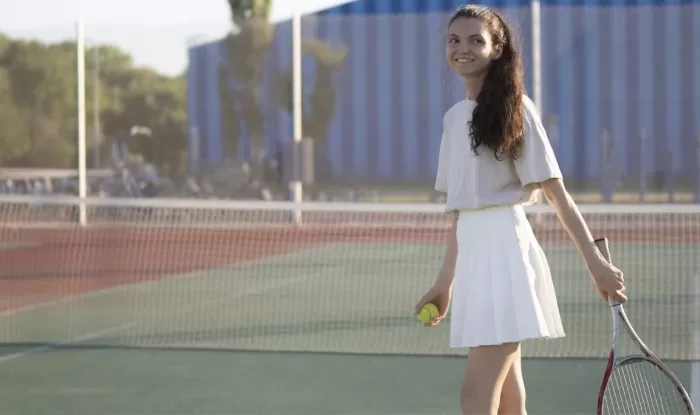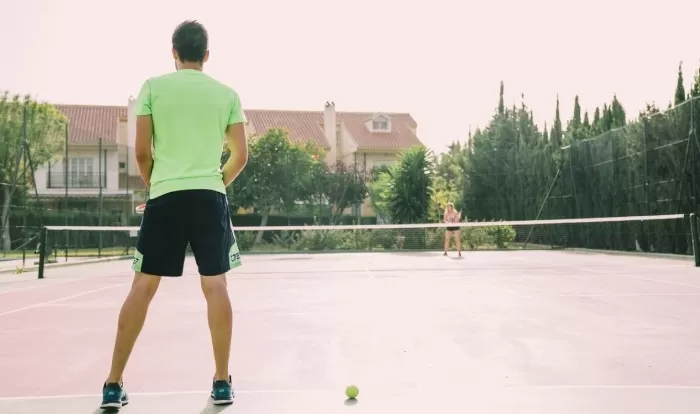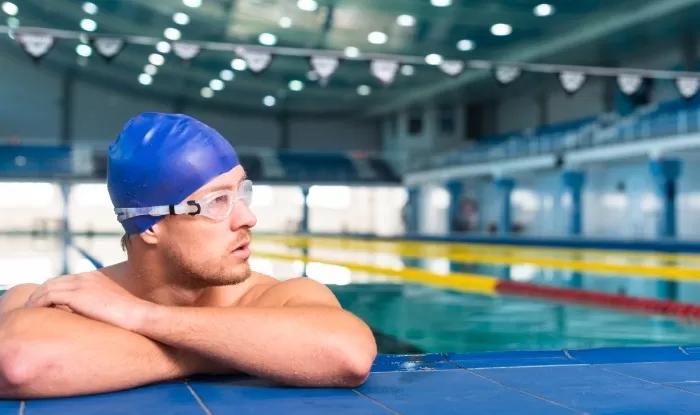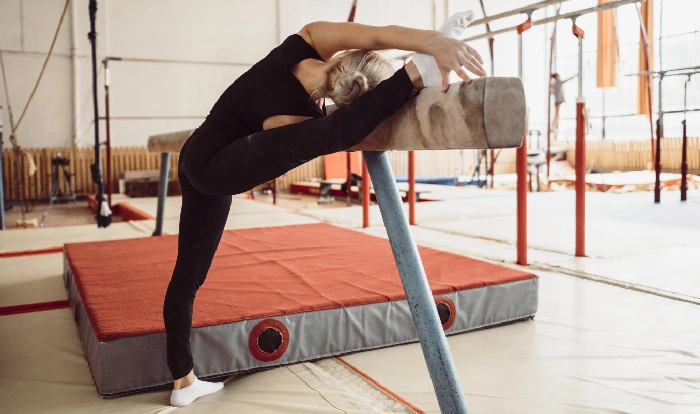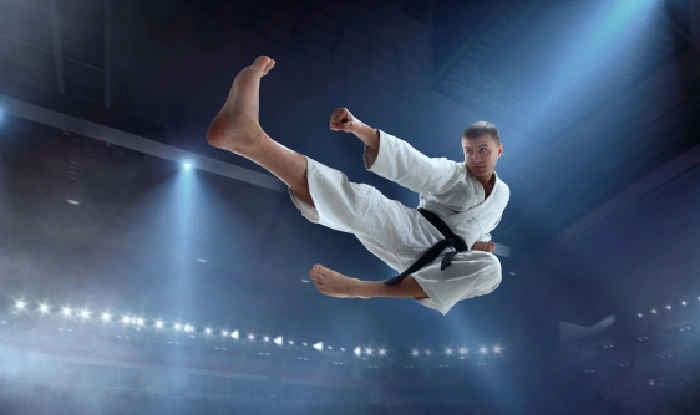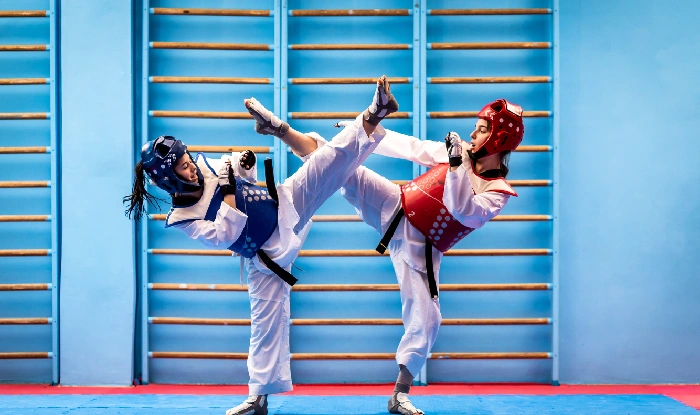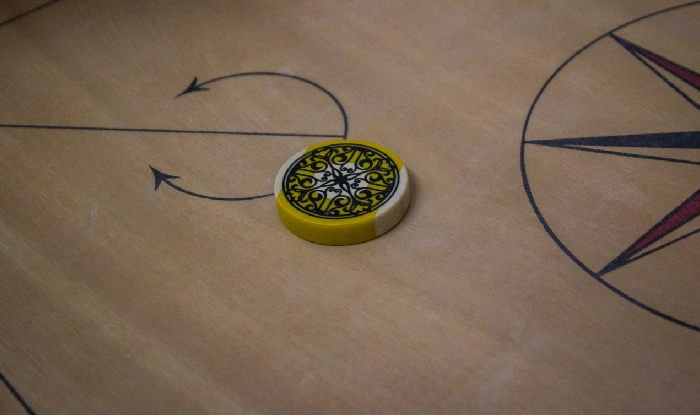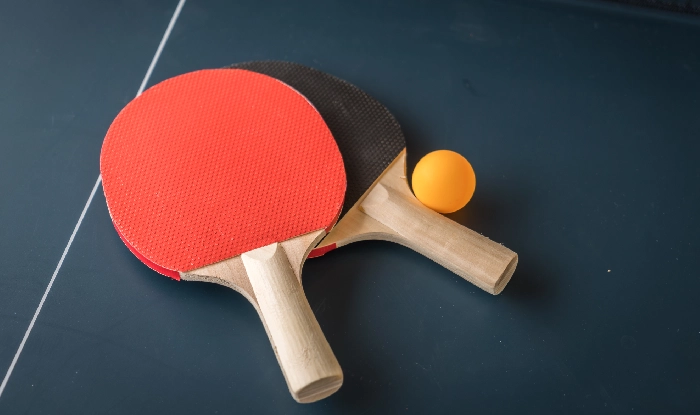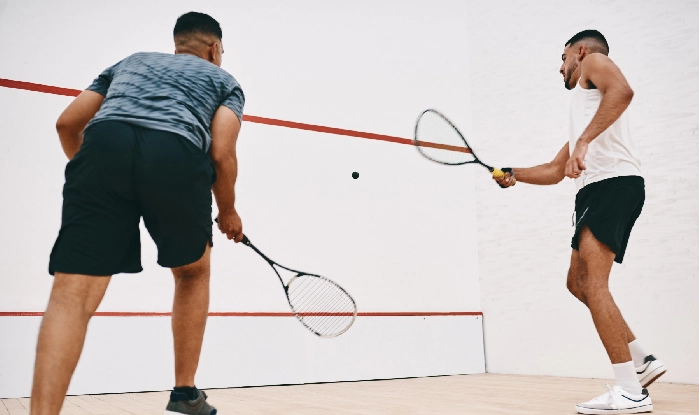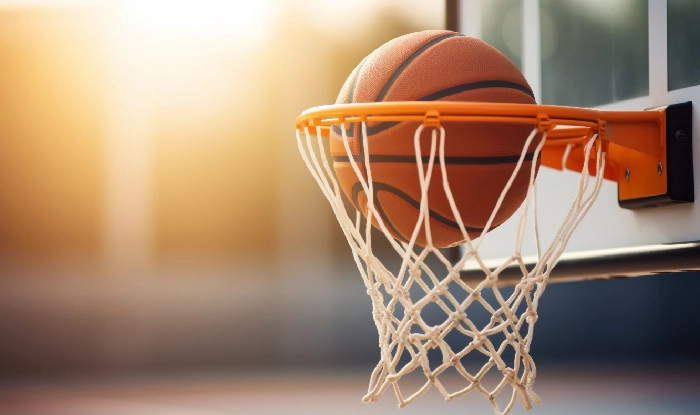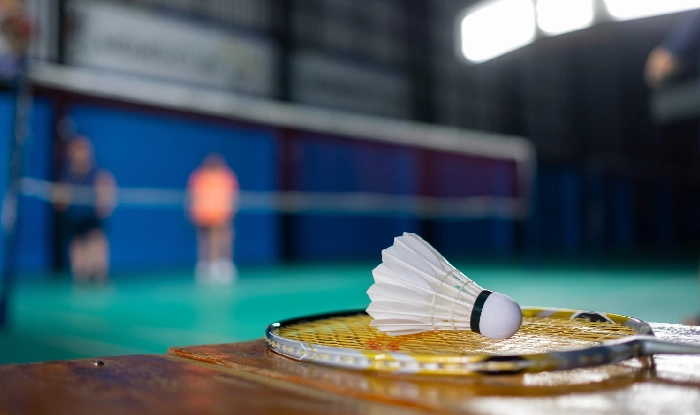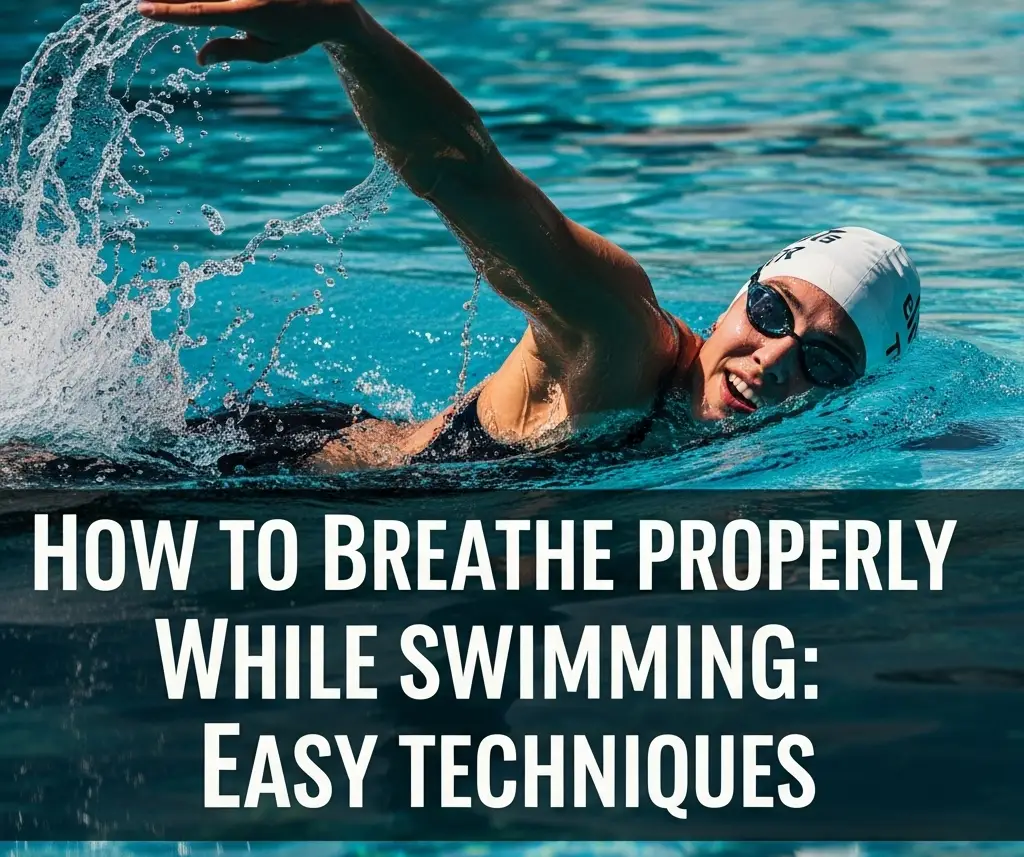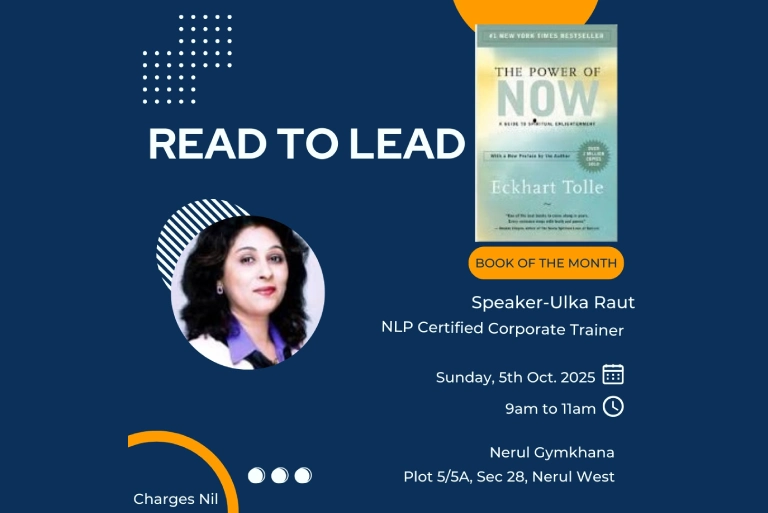Have you ever thought, “How do I breathe while swimming?” You’re not the only one. Breathing, which comes naturally on land, must be learned differently for swimming. Learning how to breathe during swimming can make a big difference.
This blog will show you how to breathe correctly while swimming.
Why it’s important to breathe correctly while swimming
Breathing is a crucial factor in determining how well you swim. It helps you stay calm, save energy, and keep your swimming stroke smooth. Learning proper breathing technique will not only help you swim longer but also improve your cardiovascular health and focus.
Common Breathing Problems in Swimming
Some swimmers have trouble swimming and breathing at the same time because they hold their breath for too long, breathe too late, or lift their head too high. Some swimmers breathe steadily, while others tend to gasp for air.
These habits can disrupt your swimming rhythm and leave you feeling tired. The first step to swimming better is to identify what’s wrong and correct it.
The Basics of How to Breathe While Swimming
Establishing a simple rhythm is the first step to proper breathing.
- Inhale through the mouth when you are above water, and exhale slowly either through your nose or your mouth underwater.
- Stand or float on the water’s surface calmly.
- Take a deep breath through your mouth.
- Exhale fully and slowly as you put your face into the water.
- As you breathe in, turn your head to one side (for freestyle) or gently lift your head (for breaststroke) while keeping your spine aligned.
- If you lift too high, your body may lose its balance.
Even without using full strokes, practising these basic swimming breathing techniques regularly can make a significant difference to your breathing control while swimming.
Breathing while doing different swimming strokes
Each swimming breathing technique uses a different breathing pattern. Breathe in between every 2 or 3 strokes. Do not lift your head.
- Breaststroke: Breathe in when you lift your head, then exhale as you return to the water.
- Butterfly: Exhale while gliding and inhale when pulling the arm.
- Backstroke: Keep your face above water and maintain steady breathing throughout the stroke.
- Swim efficiently by understanding and practicing each pattern.
Breathing Exercises for Swimming
Incorporate swimming breathing exercises into your daily routine. Bubble blowing is a great way to build comfort and control your exhalation. This is an essential part of learning to breathe while swimming. Use a kickboard during breathing exercises while kicking. This technique will separate breathing from stroke mechanics
The 5-7-9 technique is a great endurance drill. You breathe every 5 strokes, then every 7, then every 9. This progressive technique improves lung capacity and breath control.
Swimming Without Losing Rhythm
The most important goal is to learn how to breathe when swimming without breaking the rhythm. Before turning your head, exhale fully so you can quickly inhale and return your face smoothly to the water. You should not lift your head or pause your stroke. This will cause you to lose alignment and increase drag.
The breathing technique used in freestyle swimming must feel natural, smooth, and seamless. It should blend seamlessly with your stroke to maximize efficiency and endurance.
Individualised coaching is often beneficial for new swimmers. Explore options to join swimming classes in Navi Mumbai where trained instructors will guide you through the correct breathing and stroke techniques.
Common Mistakes to Avoid
Even experienced swimmers can make breathing mistakes. Holding your breath underwater is one of the most common mistakes, which can lead to stiffness and fatigue. Exhale slowly and always steadily.
Another common issue is starting head rotation too late or rotating incorrectly, which affects timing and balance.
Avoid gasping for breath. Instead, breathe in calmly and rhythmically. These small adjustments will improve your swimming breathing technique.
Final Tips for Better Swimming and Breathing
Consistent practice is required to improve breathing control when swimming. Relax your body while in the water. To prepare for an inhale, focus on exhaling fully underwater.
Keep a constant breathing rhythm in order to keep up with your strokes. As you progress, add breath-control exercises to your routine. This will help build endurance and improve efficiency. These techniques will help you master breathing during swimming freestyle.
Want to Train Better?
Consider training in a professional facility like Nerul Gymkhana if you are serious about improving your stamina and technique.
The centres provide expert-led swimming classes in Navi Mumbai that are designed to improve your swimming form and breathing, as well as the best way to breathe when swimming.
Conclusion
It is important to master breathing during swimming, not only for performance but also for safety and enjoyment. You’ll be able to swim longer and smoother with the correct breathing technique and body alignment.
FAQs
1. How do I breathe while swimming without swallowing water?
Freestyle swimming can be done with side-breathing. Turn your head while keeping one goggle submerged. Inhale slowly and exhale fully while underwater. This will reduce drag and keep water out of your mouth. Explore our freestyle breathing technique for more information.
2. What is the best breathing technique for beginner swimmers?
For beginner swimmers, taking a breath after every third stroke is the best starting point. This helps to maintain body balance and a smooth rhythm. Combine this exercise with bubble-blowing drills to master how you breathe underwater.
3. How can I improve my breathing underwater?
Include breath control drills, such as bubble blowing and exhale count, in your routine to improve. These exercises increase lung capacity and build comfort when submerged. To be able to swim confidently, you need strong underwater swimming skills
4. Why do I get tired quickly while swimming?
Poor breathing habits, such as gasping or holding your breath, can lead to fatigue. Learn proper swimming breathing techniques, such as rhythmic breathing and complete underwater exhalation, to conserve energy. For guided training, you can join swimming classes in Navi Mumbai.

